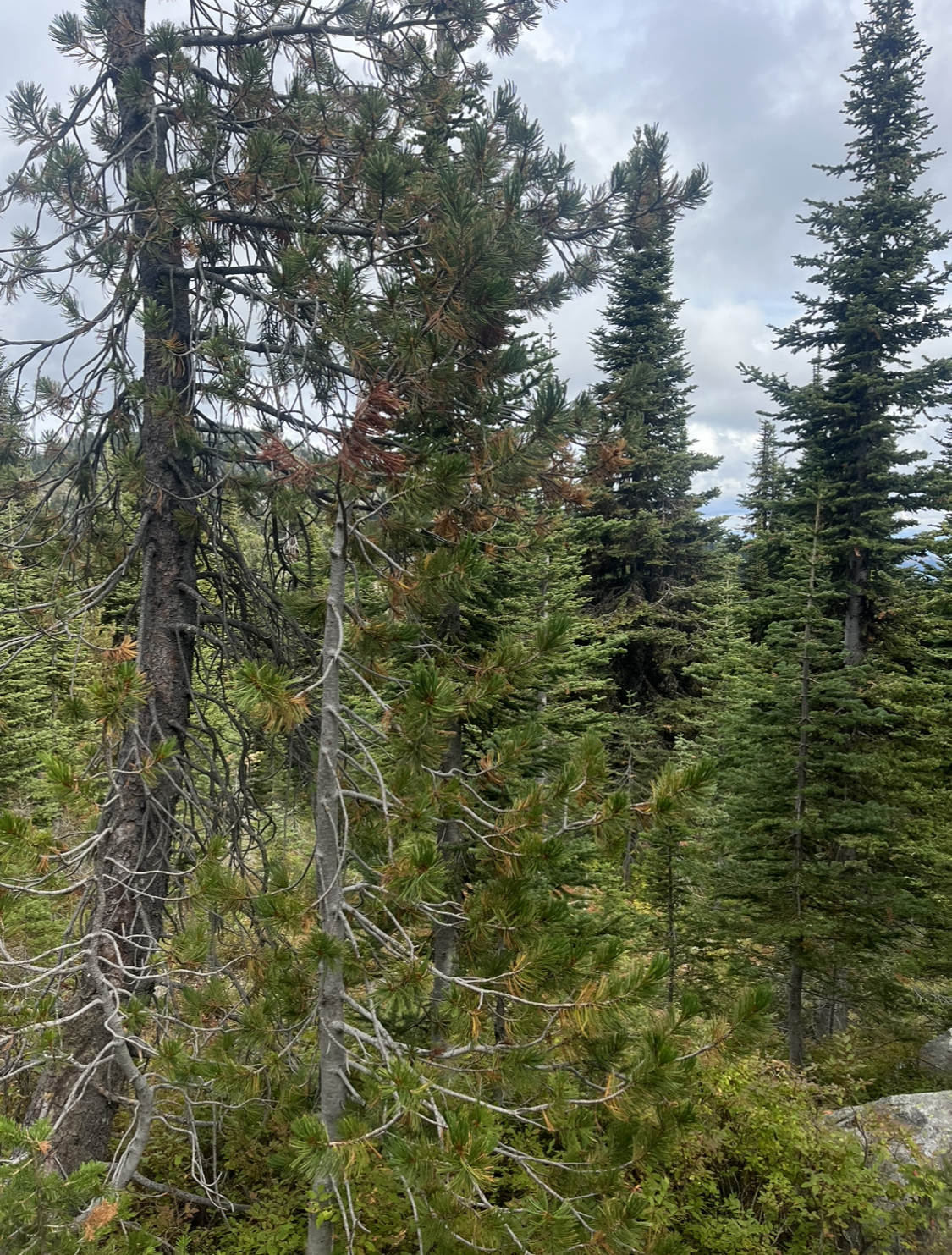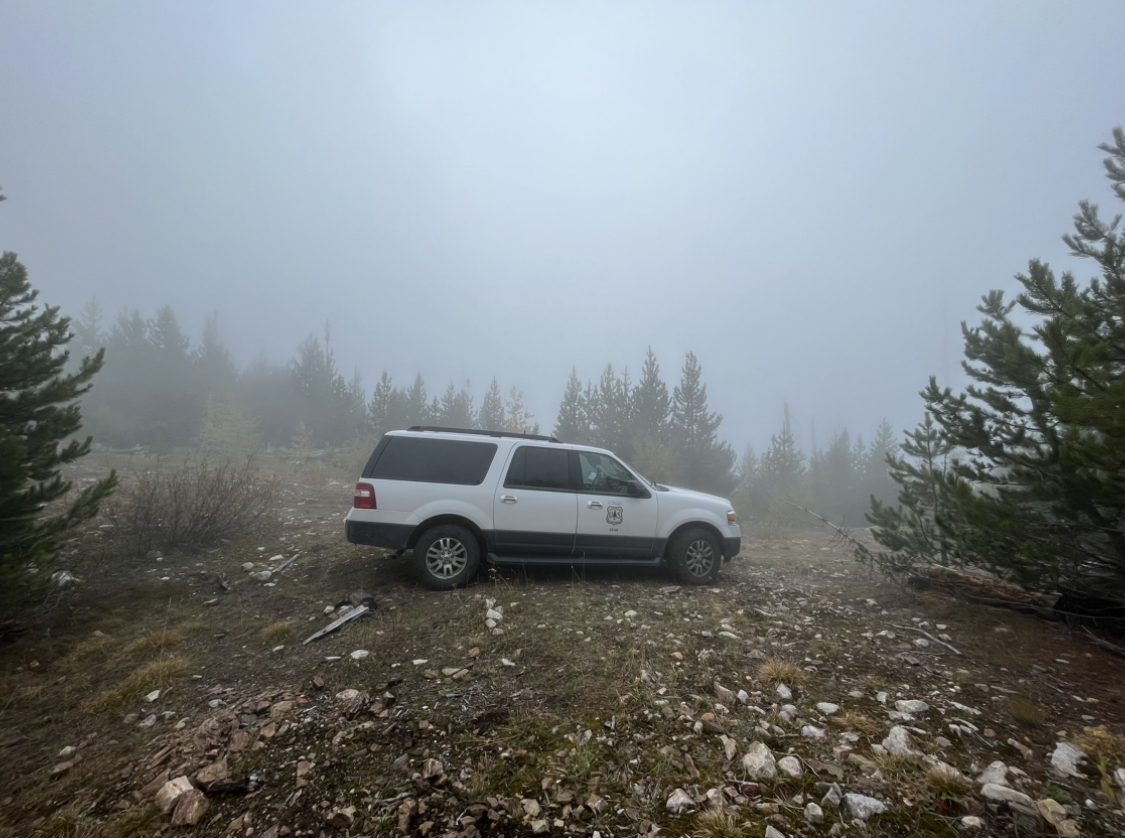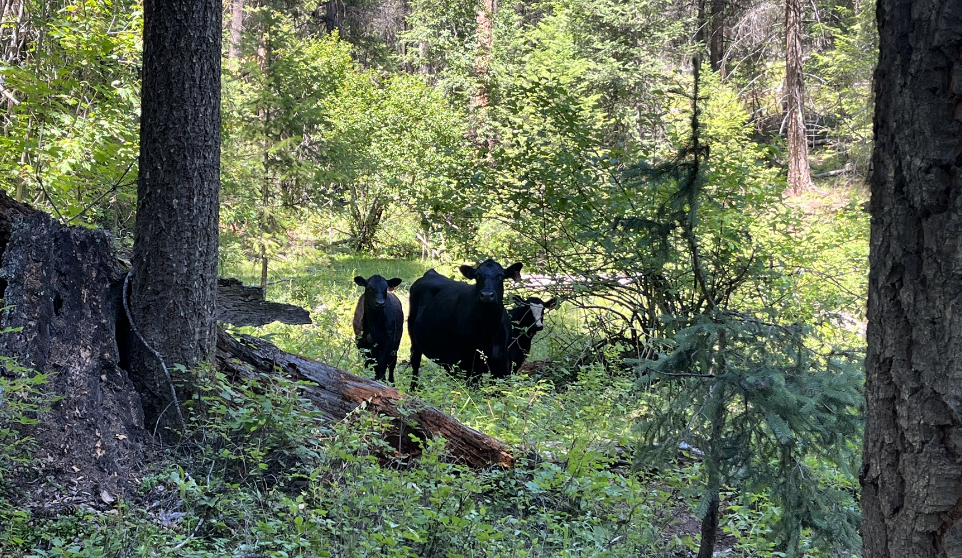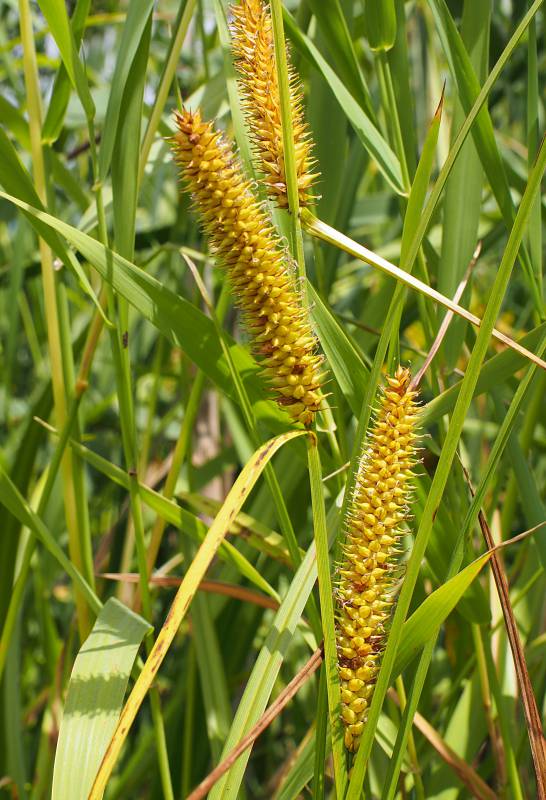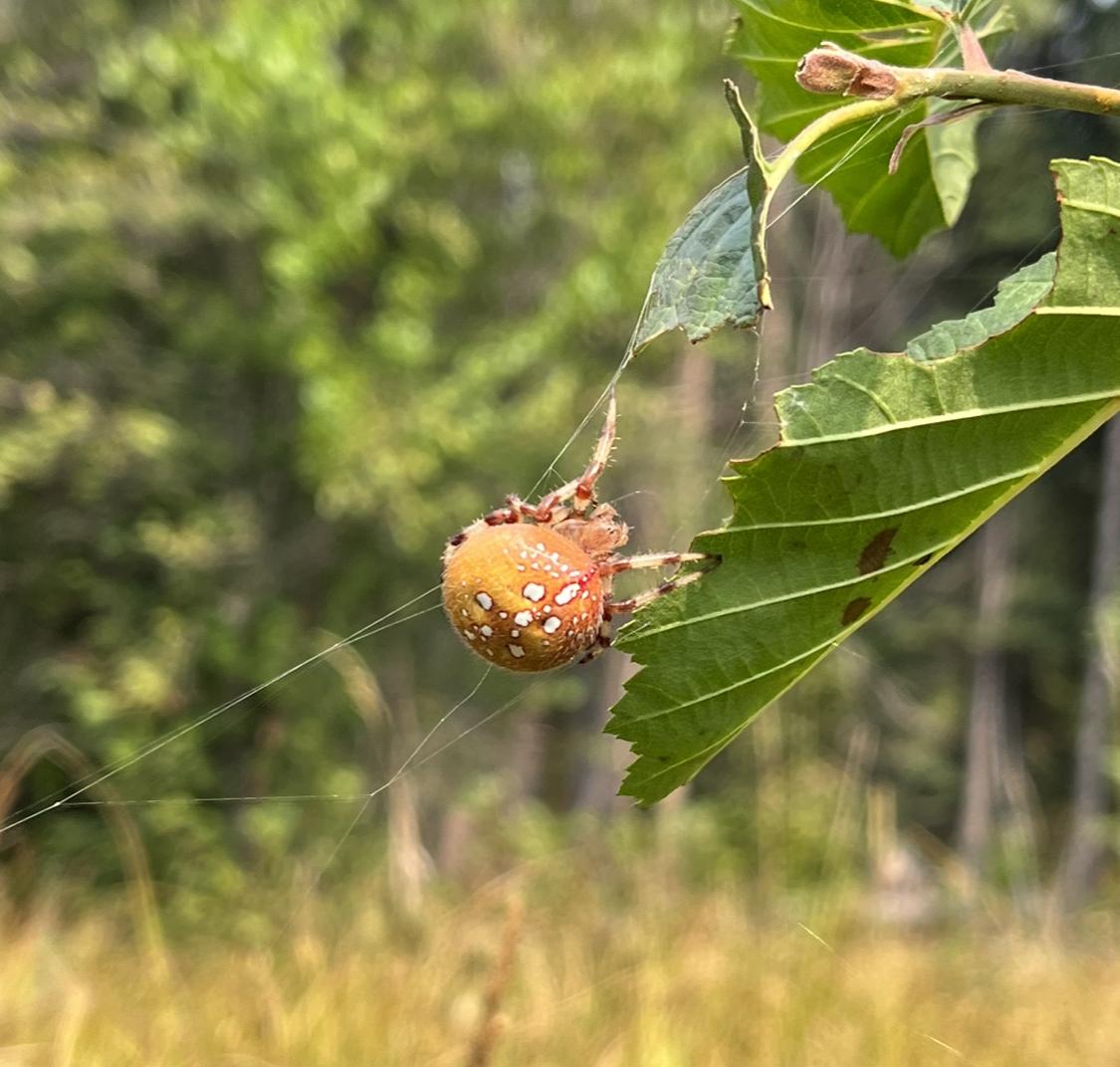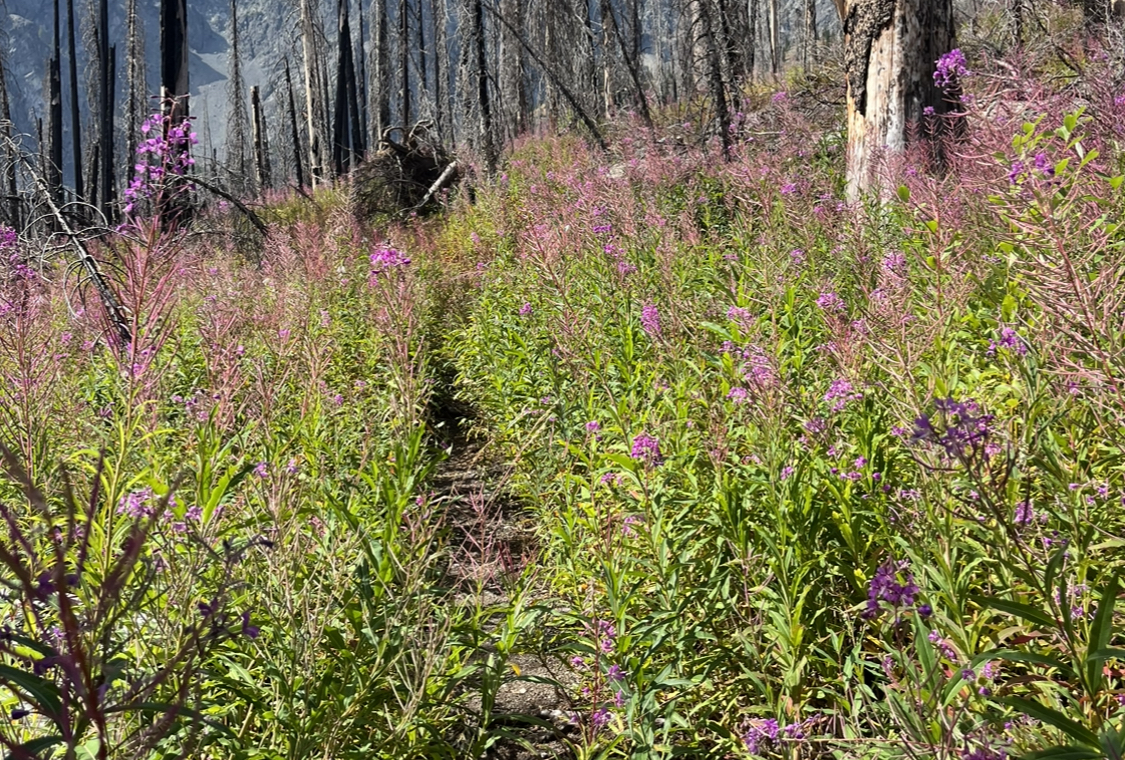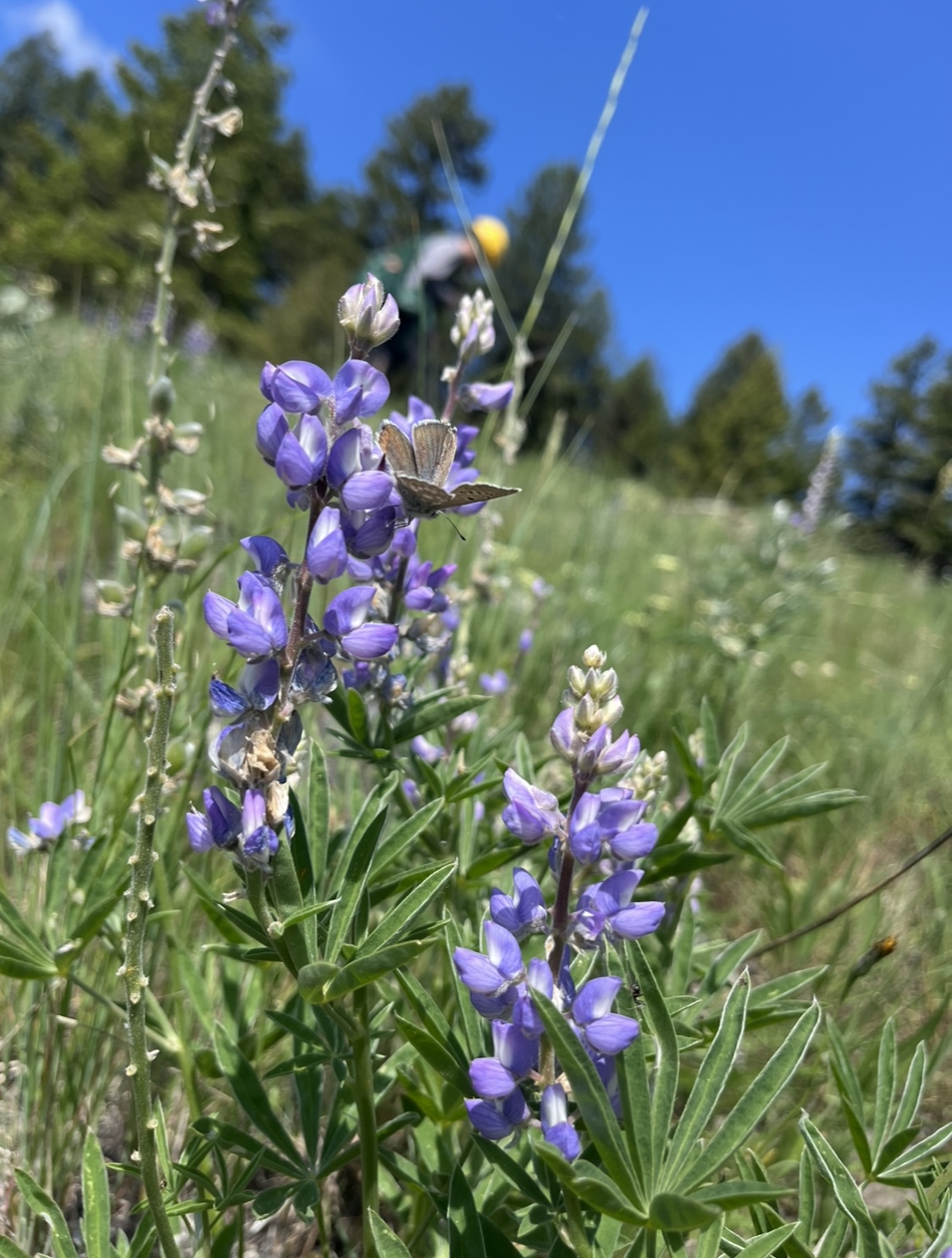I had no specific expectations clouding my view of what life might be like in Tonasket, working on the Colville National Forest. What I did have were expectations of how doing so might make me feel. When I wasn’t immediately satisfied by my work, happy with my living situation, good at every task assigned to me, there was disappointment. I was honestly confused by the feeling because I didn’t have some glamourous image of what it’d be like to live in a farming community with a population hovering around 1000, but it persisted.
The last place I resided was a small, liberal city with a population of 30,000, excluding the 20,000 seasonal college student residents. Before that, I grew up in a dense, liberal, suburb of Boston, where people lived in 1900s split-family homes, within walking distance of two Dunkin Donuts locations. So really, I had no point of reference for what life is like in rural Washington, and each day this season I discovered something new. Friends have asked me what it’s like, what’s different, and aside from the obvious, it’s hard to pinpoint the difference in attitude or collective belief structure here versus the sub/urban Northeast, but it’s immense. I think it may be something that has to be felt rather than described, so I won’t go into too much detail trying.
I appreciate what I’ve learned about the differences between the lives I’ve lived before and the one I lived this summer, and my belief has been affirmed that there are infinite possibilities in this world, and I’ve only scratched the surface of experience. I’m proud of myself for getting through the disappointment to a place where I can appreciate my days, and I’m proud of the work that David and I, along with the other Tonasket botany techs, have accomplished this season. To sum up those days, I’ve included some pictures for your viewing pleasure below.
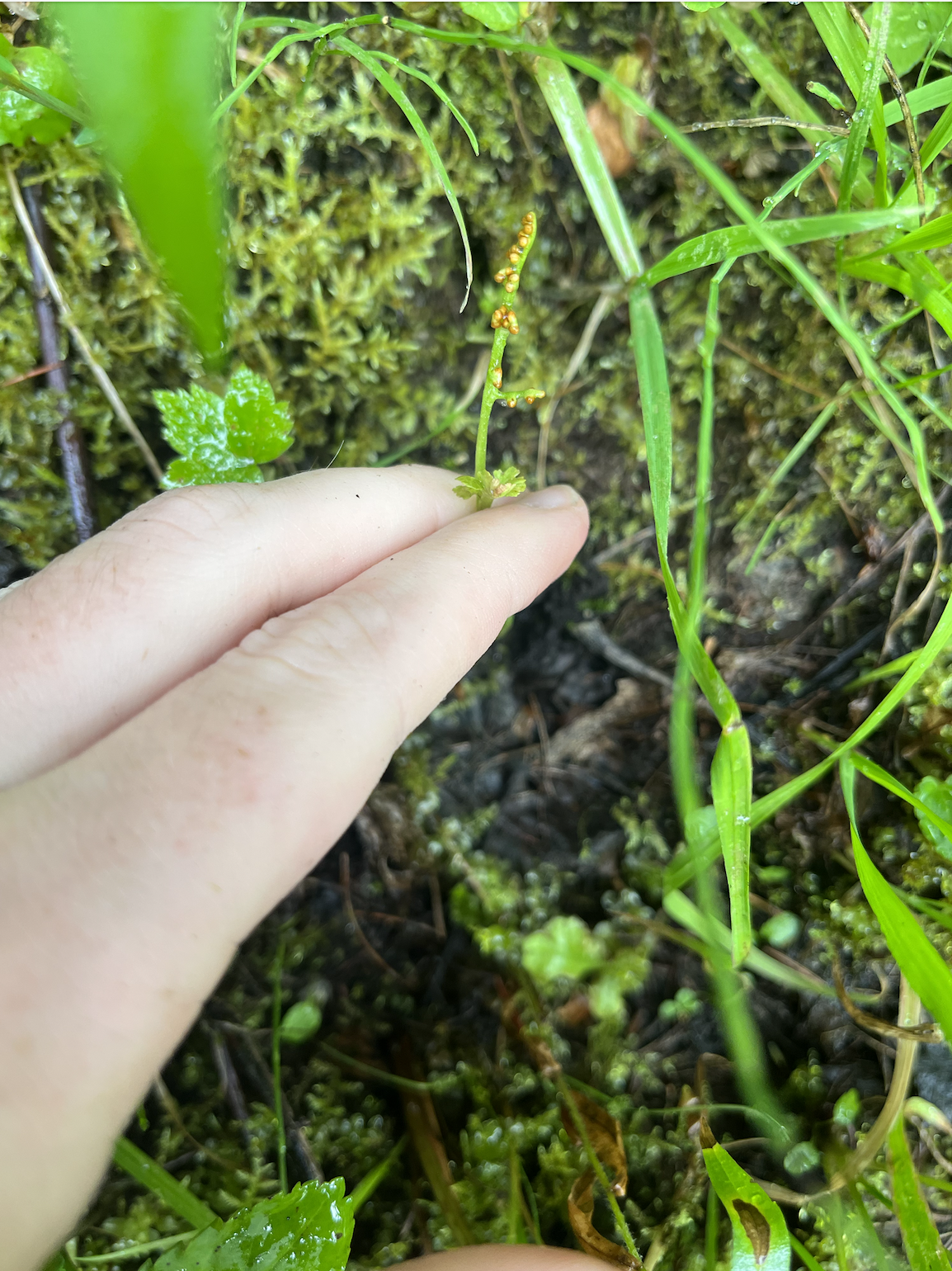
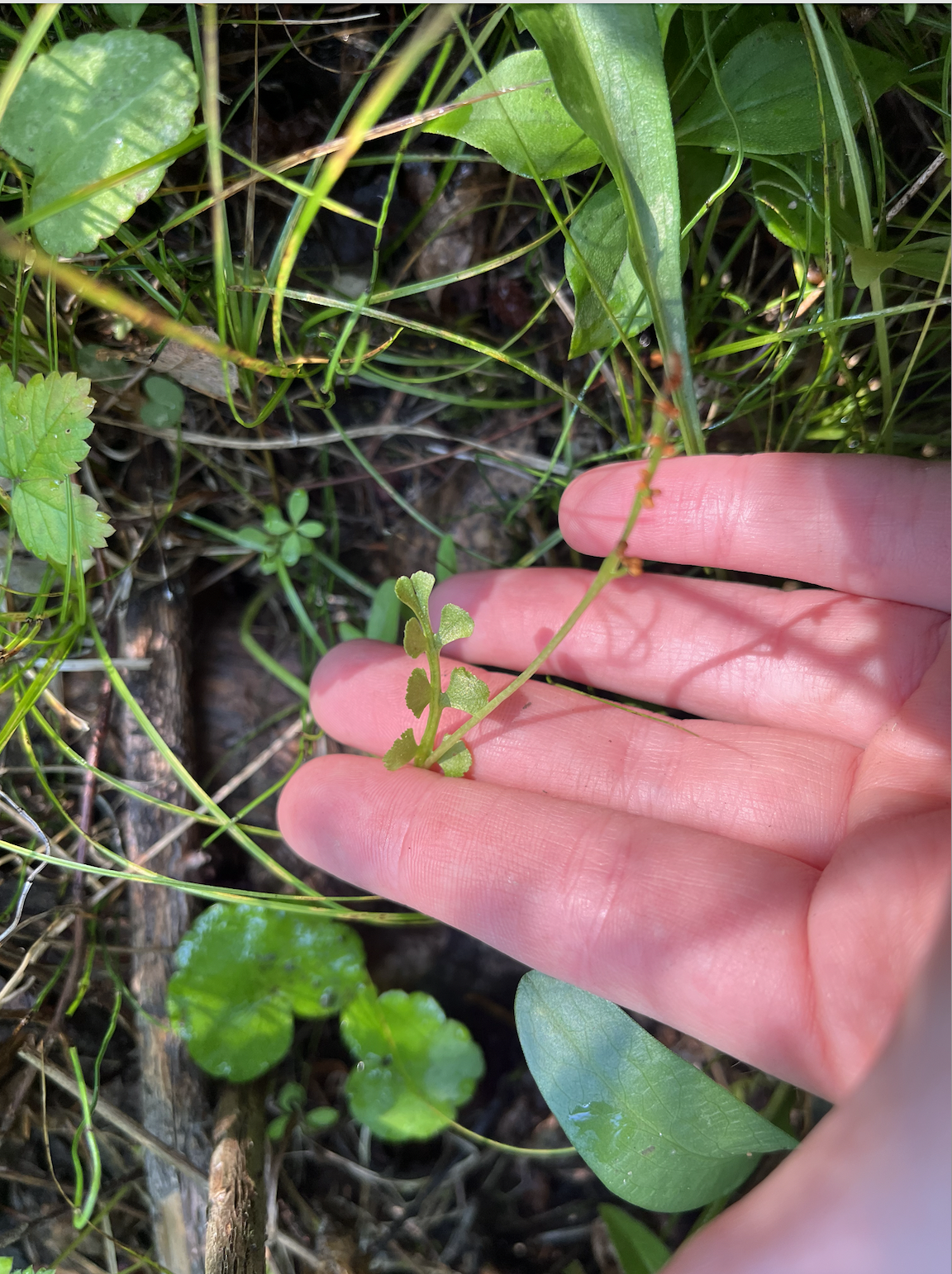
There are moments of beauty, nuggets of magic inside each path life takes, like finding a Botrychium in a sea of moss and wetland grass.
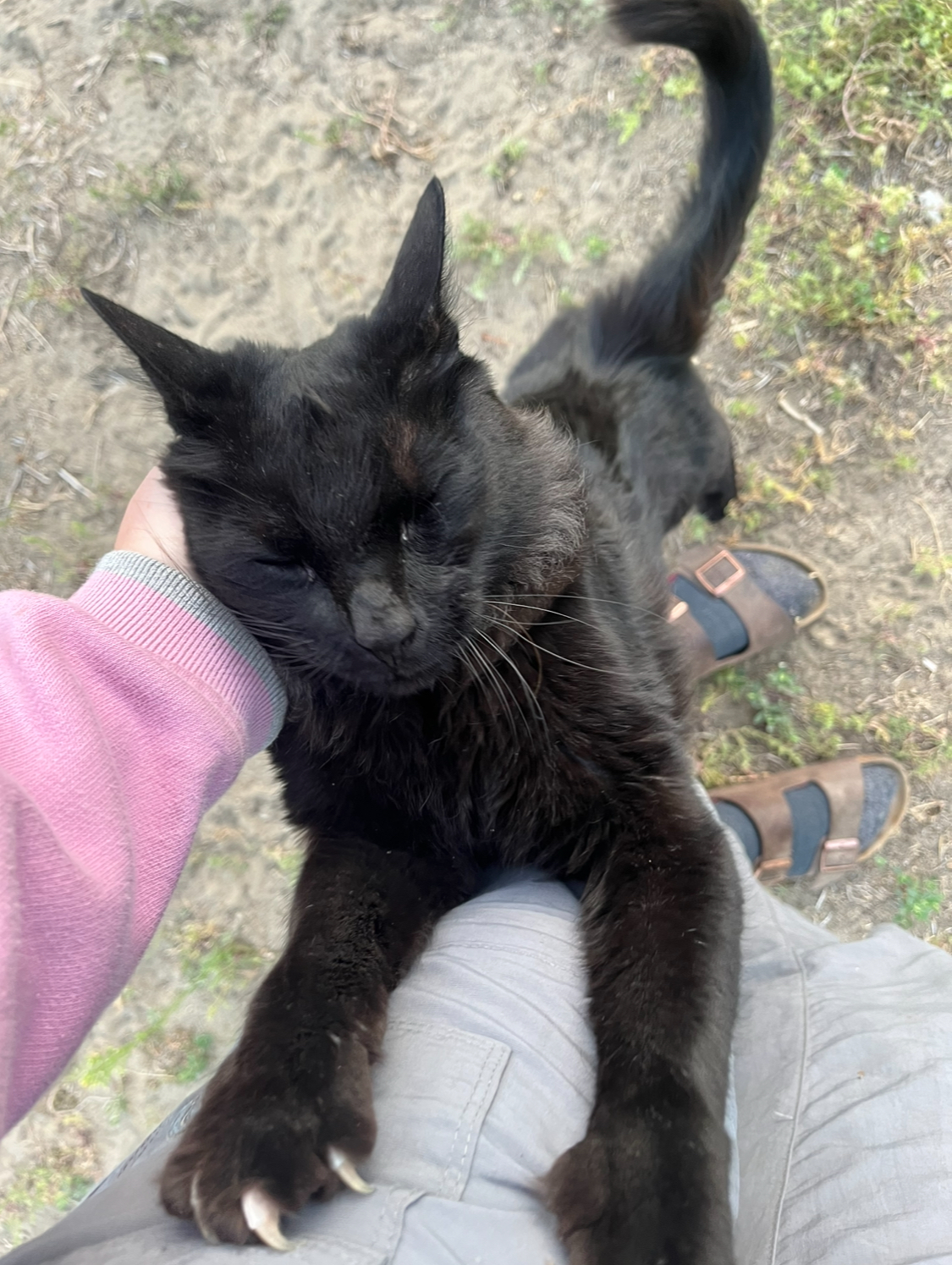
Although there aren’t many people in Tonasket, I did make one friend outside of work that I’ll be sad to say goodbye to forever. His name is Lucifer, but he’s more of an angel than a devil.
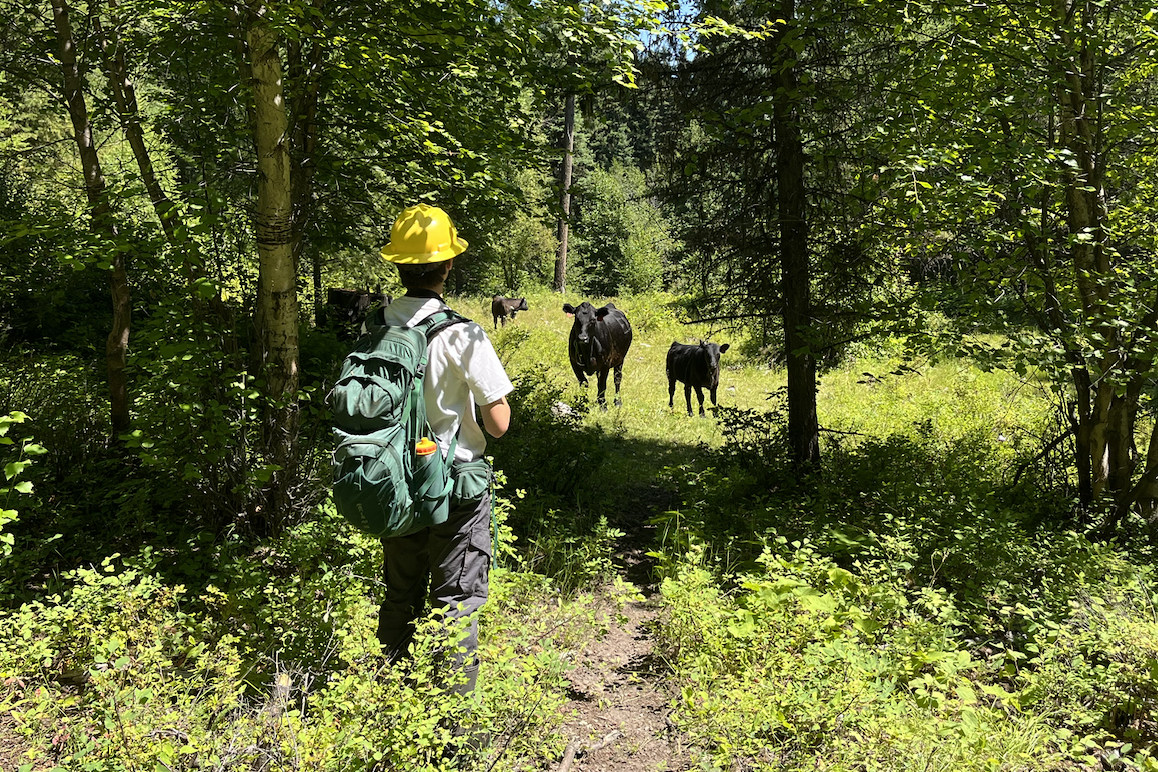
We may not have seen the widest diversity of wildlife this season, but we certainly met our fair share of these guys.
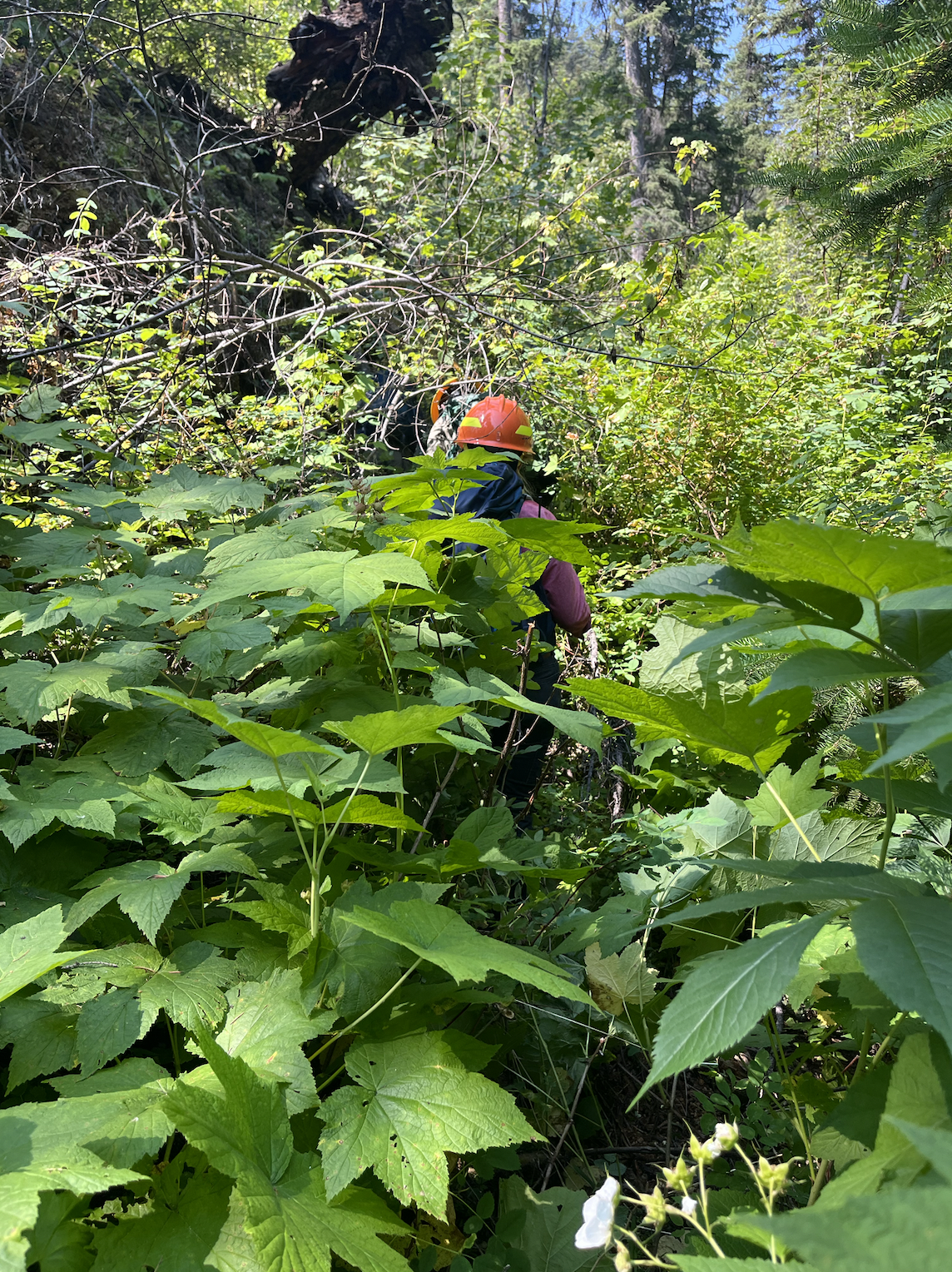
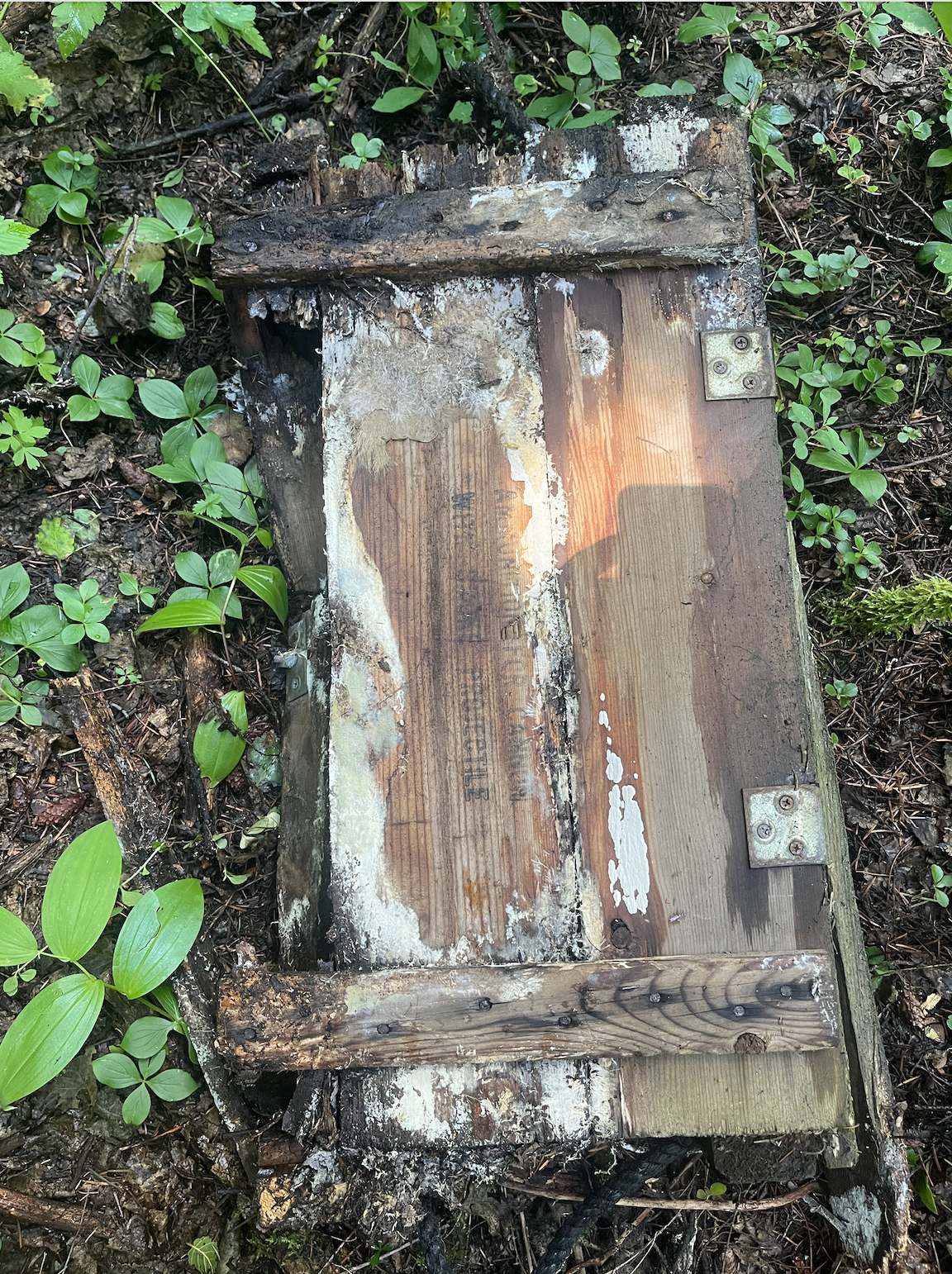
You never know what you’re going to find while bush whacking through what feels like an overgrown jungle. Sometimes it’s a rare plant, but sometimes it’s a decrepit ammunition crate that looks like it’s been there for 50 years.
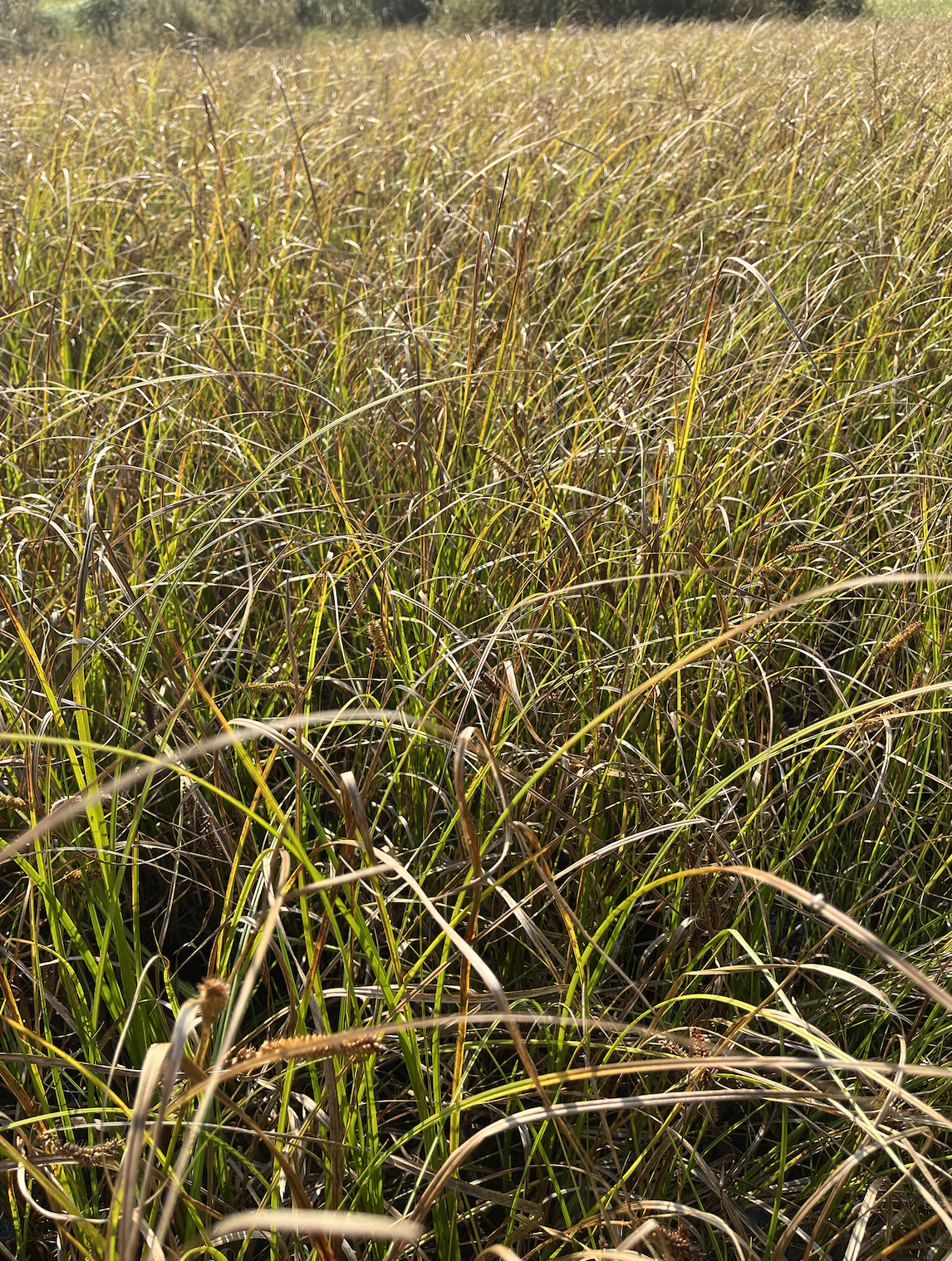
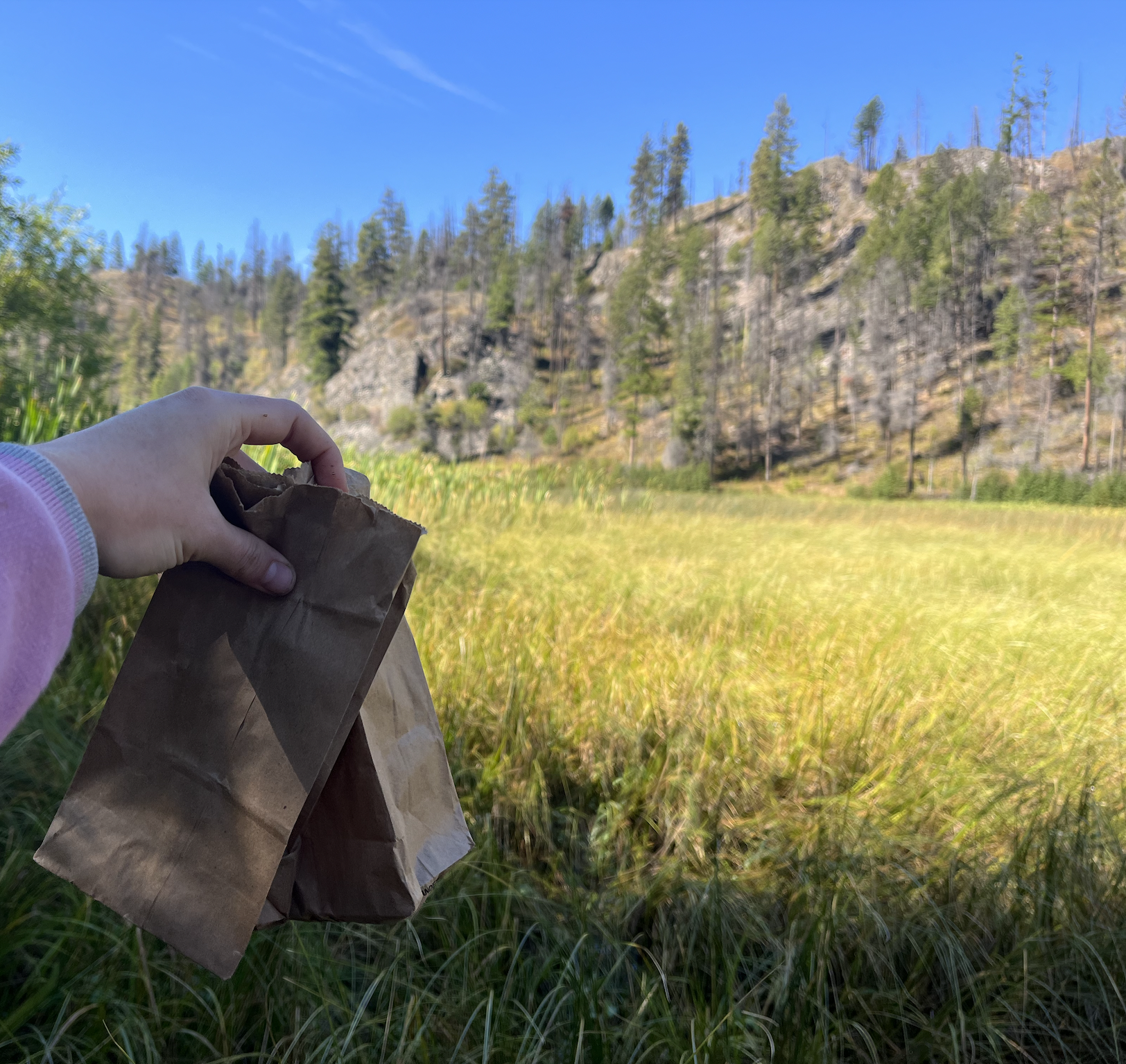
I think my version of “amber waves of grain” is now “golden waves of Carex”.
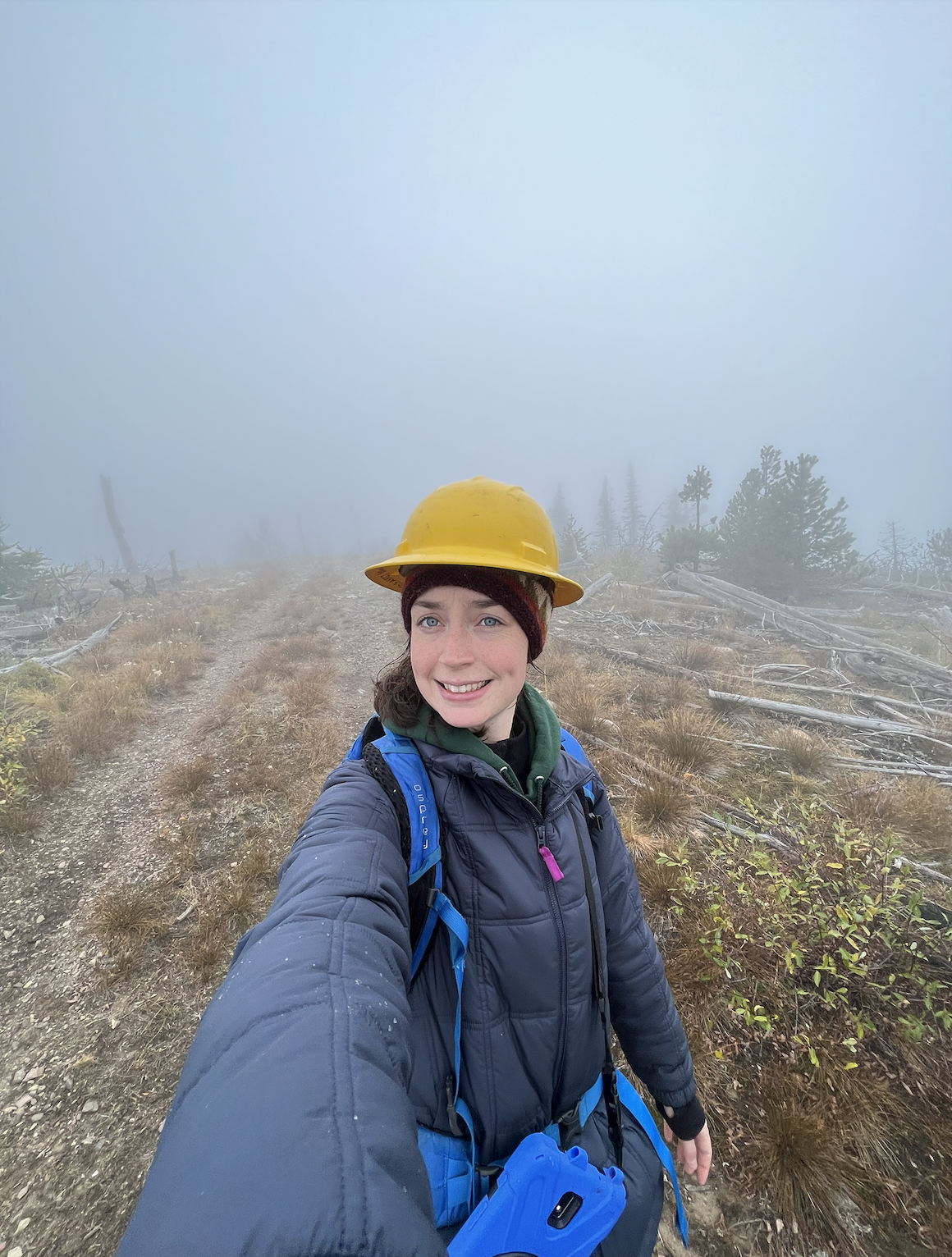
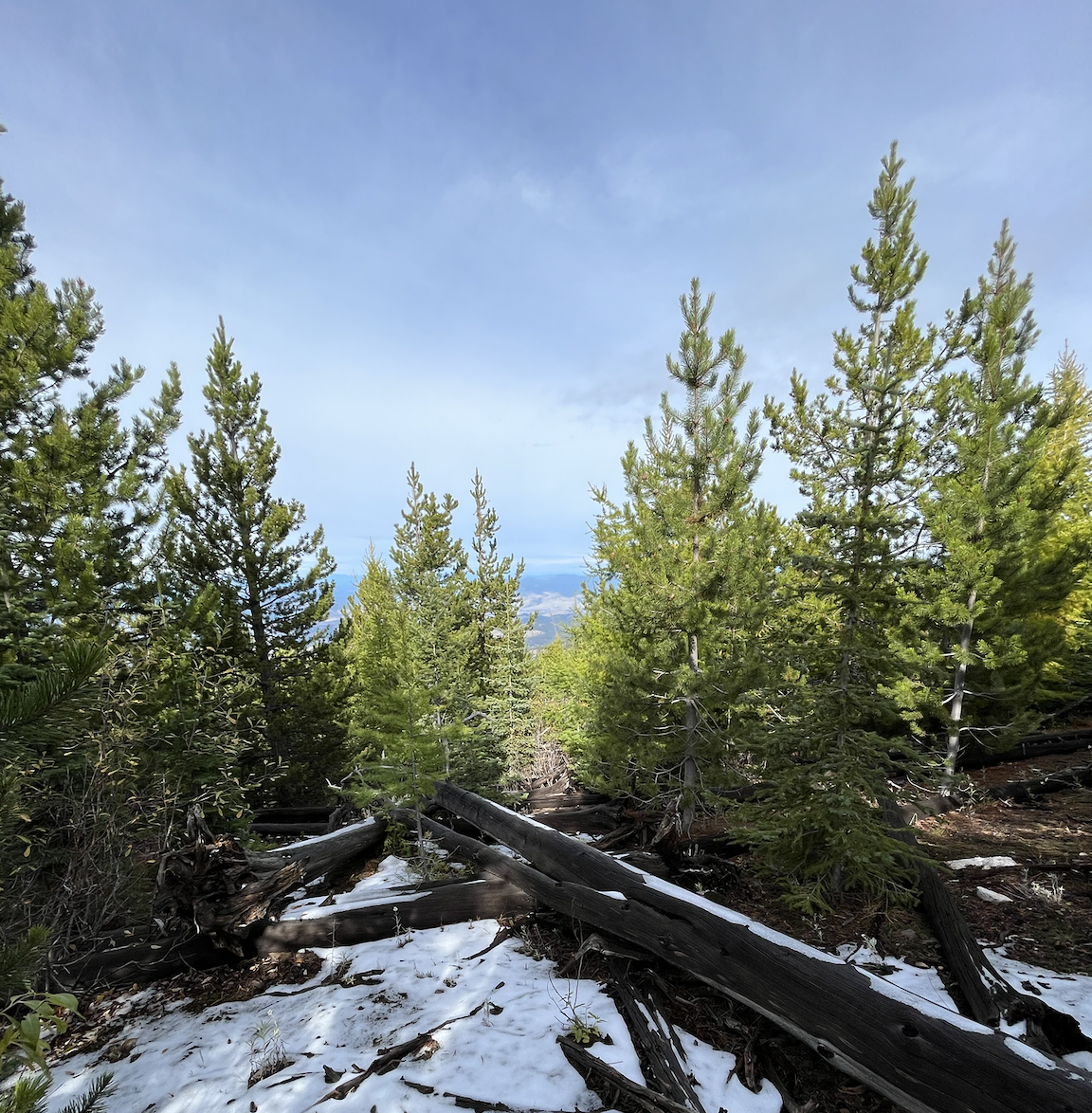
Before this season, I was very afraid of getting lost in the woods (or maybe, the mist). By now, all my coworkers and I have been lost and found again enough times that it no longer feels like a fate to worry about.

Sometimes when you’re pressing herbarium vouchers, you will find something you didn’t know you were looking for.

